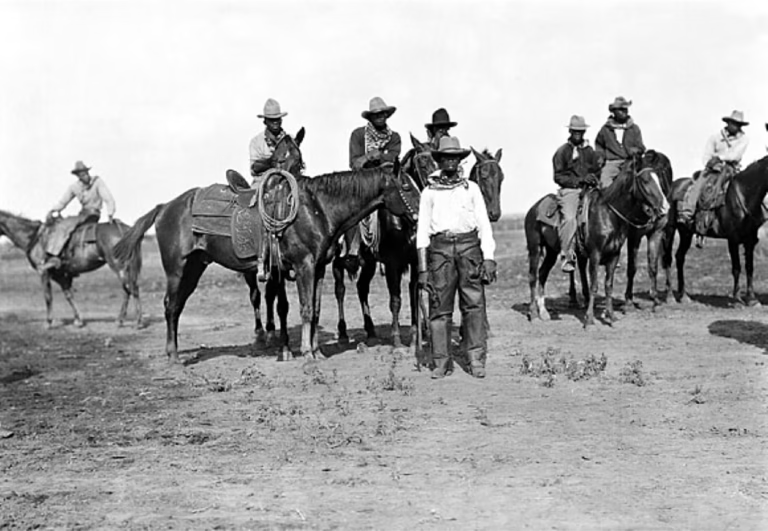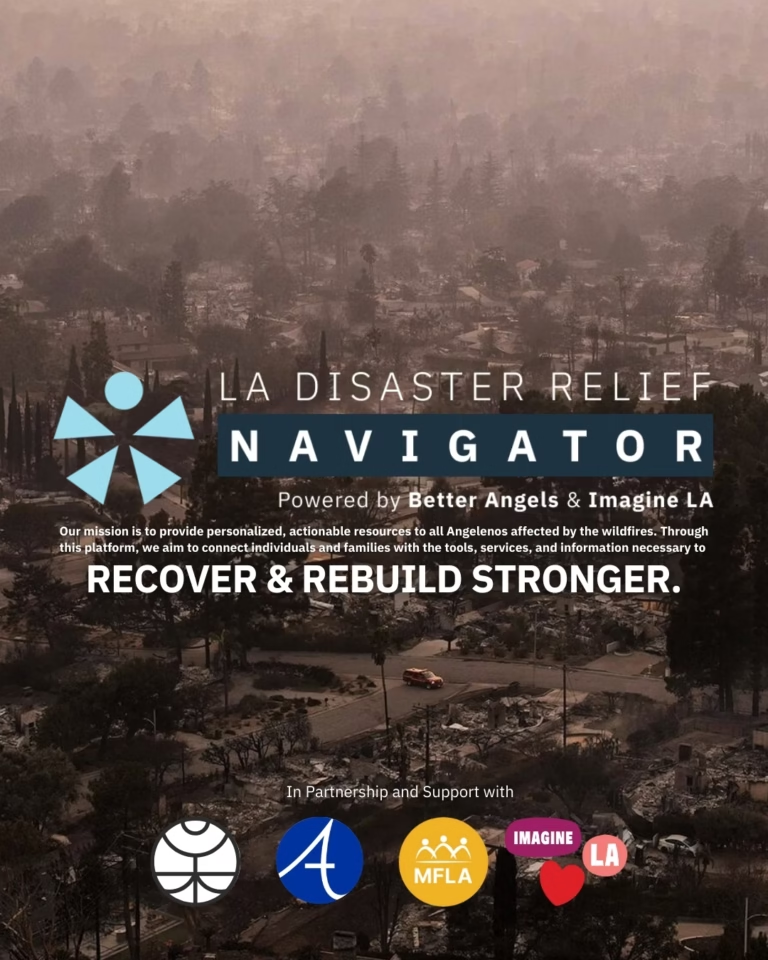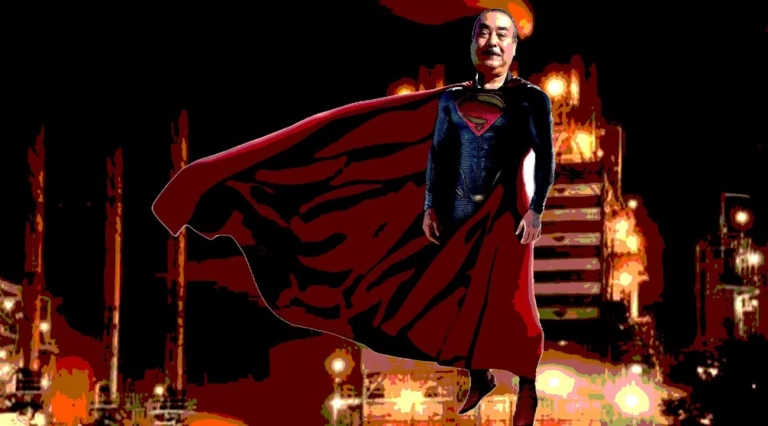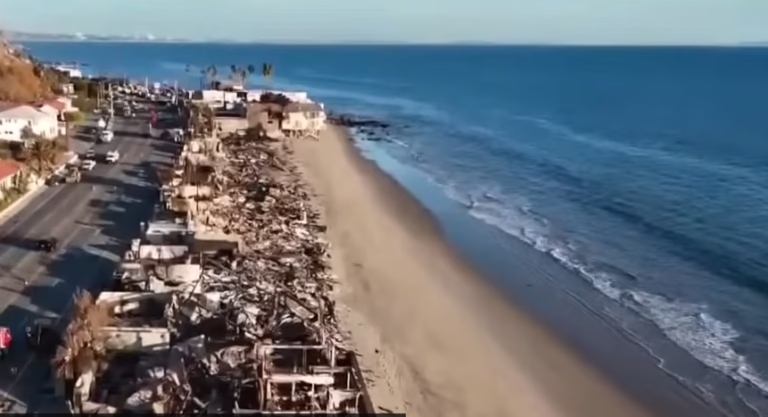The Anniversary Celebration Promises a Rich Tapestry of International Art While
Honoring the Resilience of Los Angeles
LA Art Show returns to the Los Angeles Convention Center from Feb. 19 to 23 for
its 30th anniversary, marking its pioneering role in the city’s emergence as a global epicenter of art. The decision to proceed, in the wake of the tragic fires, was made in support of the Los Angeles creative community:
“As LA’s longest-running art fair, our mission is unequivocal: to champion the artists and galleries that constitute our cultural landscape,” said director and producer, Kassandra Voyagis. “This decision stemmed from a resolute commitment to aid in the healing and rebuilding efforts while offering much-needed community support and reprieve.”
Free entry to the fair (Feb 20-23) will be given to firefighters and their families as a thank-you for their efforts on behalf of all Angelenos. Further, the LA Art Show will donate to a charity involved in the rebuilding efforts, which is now being explored and yet to be determined. Once decided, patrons will also have the opportunity to make donations online.
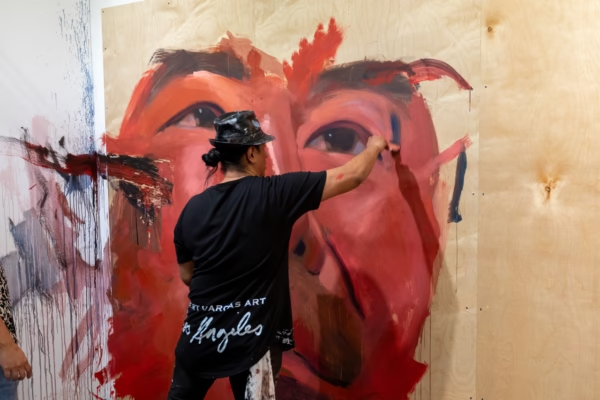
During the opening night event, LA based artist Robert Vargas will create a massive live mural titled, Heroes, as a tribute to the first responders who continue to serve the city. A symbol of hope and perseverance, the artwork is intended to reflect Los Angeles’ spirit in overcoming adversity. Additionally, LA-based Building Bridges Art Exchange, which cultivates cultural understanding through the arts, will showcase art from artists who have lost their homes and studios in the fires with all proceeds going to support them.
In honor of LA Art Show’s milestone, the fair’s educational, non-commercial platform DIVERSEartLA, curated by Marisa Caichiolo, will be back with a compelling retrospective, reflecting its transformative journey over the past eight years. DIVERSEartLA was born out of a necessity to amplify marginalized perspectives and the upcoming exhibition emphasizes the importance of diverse representation and continued advocacy for inclusivity in the arts. Each piece in the 2025 retrospective represents a significant milestone of the platform’s curatorial vision that challenges the status quo and encourages critical conversations around race, gender, and the complexities of modern existence.
The 2025 iteration showcases all the projects undertaken by various museums and arts institutions affiliated with DIVERSEartLA since its inception.
“This retrospective, which feels particularly important right now, honors the creative contributions of our partners while emphasizing the vibrant evolution of DIVERSE as a vital presence in the art community,” Caichiolo said.
DIVERSEartLA 2025 will display highlights of pivotal moments from each year showcasing eight installations, a catalog and a timeline, along with presenting performances and videos from previous years.
One of the showcased works is:
Celebrating Diversity, By Chiachio & Giannone
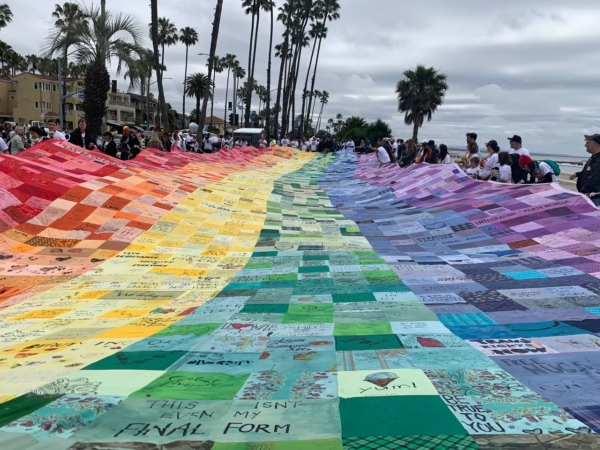
Curated by Gabriela Urtiaga, chief curator at Museum of Latin American Art, presented by MOLAA.
In order to commemorate local and international LGBTQ+ communities around the world, MOLAA is presenting a special installation about diversity and pride in collaboration with world-known Argentinian artistic duo, Leo Chiachio and Daniel Giannone. The presentation includes the 120 ft. long textile flag, MOLAA’s new acquisition “Californian Family in Six Colors 1” and a recorded interview about their creative process. These artworks were created by the artists at MOLAA where more than 3,000 members of the Long Beach and Los Angeles community collaborated in the creation of the flag. The creation of this work of art took place during the artists’ MOLAA residency between March and June, 2019. Visitors and community members were invited to contribute with the construction of the work of art by adding their own messages about the meaning of diversity and acceptance. The banner was carried by more than 100 volunteers at the Long Beach Pride Parade and exhibited at the event Pride at The Port in San Pedro, CA. The Museum highlights underrepresented voices of Latin Americans and Latinos in the US and around the world.
Dactiloscopia Rosa: Video Art and QUEER Constructions Curated by Nestor Prieto and presented by Museo La Neomudejar (Madrid, Spain): The exhibition is a chronology of the movement of sexual liberation / LGTBQ in Spain (1970-2016), featuring materials and teachings from the transfeminist/Queer archive of the Museum, showcasing the constructions of social movements in the 70s, 80s and 90s under Franco Dictatorship.
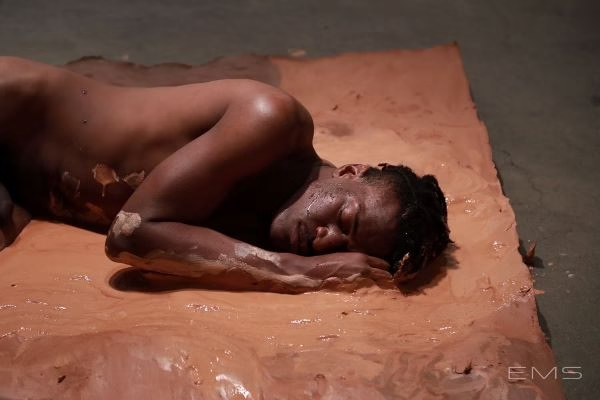
Photo courtesy of LA Art Fair
Carlos Martiel | Cauce/Riverbed Curated By Marisa Caichiolo: In his work Cauce/Riverbed, the artist exposes the significant challenges faced by immigrants in California and the US. Martiel digs deep into the nature of undocumented immigration and shows how it impacts the lives of some eleven million individuals and their families in the world’s most powerful nation. His performance is a window to the human tragedy that can affect immigrants who come to the United States in search of the “American Dream,” risking their lives in the process.
Viktor Freso’s breathtaking 30-foot Bear Sculpture presented by Danubiana Museum (Slovakia) will be located at the entrance for DIVERSEartLA. The Bear is a symbol of power and resilience, setting the tone for the event as bigger, braver and more ambitious than ever before.
Licht Feld Gallery (Switzerland): Multidisciplinary artist and bestselling poet, Arch Hades – named the highest-paid living poet in the world in 2021 – presents her sculpture the Isle, a tribute to the island of San Michele in Veneto.
Columbia Road Gallery (London, UK): The gallery brings the pulse of East London’s vibrant art scene to LA Art Show, presenting works by four notable artists: Kate Boxer, Thomas Gosebruch, Hannah Ludnow and Jonathan Schofield.

Snisarenko Gallery(Ukraine): She, Unbroken brings together Ukrainian-born female artists who have lived through the horrifying experience of war. Through each piece, the artists share their resilience and strength.
CoralGallery (Miami): Roberto Vivo’s sculptural works will be showcased, including his highlight piece;The Human Tribe Totem, a large-scale bronze sculpture, which debuted at the 2024 Venice Biennale.
Casterline|Goodman Gallery (Aspen): Young American artist Daniel Yocum has gained recognition for his unique approach to figurative abstract expressionism infused with hip-hop aesthetics. His distinctive style is characterized by vivid colors and lurking marks of black, often incorporating imagery of cars and flowers.
Art in Dongsan (South Korea): Sculptural works from Steel Che (Youngkwan Choi) repurpose industrial materials into artistic forms with the exhibition’s centerpiece, Steam Robot, demonstrating his mastery of traditional craftsmanship along with his ability to transform industrial materials into large-scale and thought-provoking art.
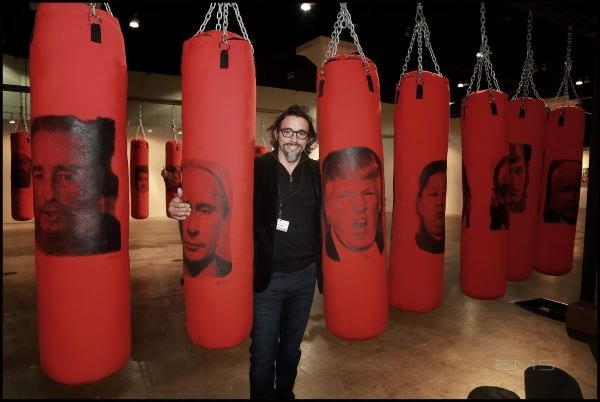
For three decades, LA Art Show has worked to democratize art, offering a range of mediums and price points to ensure accessibility to the next generation of enthusiasts while also catering to established art collectors.
Details: Tickets are at www.laartshow.com and 15% of proceeds will be donated to the American Heart Association’s Life is Why™ campaign.





